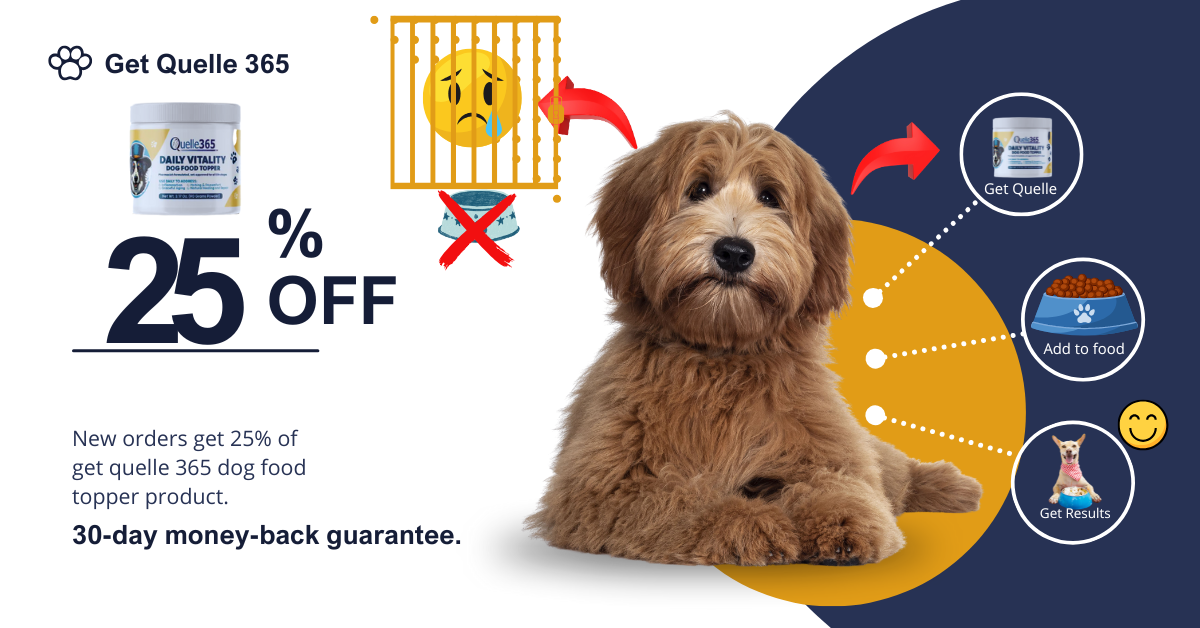Rule changes for dogs entering the U.S., based on guidelines from the Centers for Disease Control taking effect Aug. 1
While dreams of summer vacation likely begin to fill every worker’s thoughts these days, it might be high time to look into whether your travel plans include the United States.
That’s because the U.S. is tightening the rules on documentation requirements for family members like Tigger, Lucky and Jasper.
Starting Aug. 1, dogs entering or returning to the United States must meet new, specific requirements depending on where they have been in the six months before entering the U.S. and where they received their rabies vaccines.
Dogs, which must be at least six months of age and appear healthy, must have an International Organization for Standardization (ISO)-compatible microchip. And the chip must have been implanted prior to any required rabies vaccination.
Diane Greenfield and Charlie Nagy like to travel once in a while to the United States and normally bring along their dog Sniffer.
But Greenfield recently came across the new policy for crossing the border with a pet and started to look into it.
“After a great deal of work we finally find out that there is a person in Barrie who works for the government who will actually validate the form but no vet ( she contacted) knew that and they didn’t even know about the new rules as of Aug. 1,” Greenfield said.
In her research, Greenfield learned there's a Canadian Food Inspection Agency in Barrie that can handle issues of travelling with pets. The office can be reached at (705) 739-0008.
But that’s not all folks.
The microchip number must be documented on all required forms and in all accompanying veterinary records, according to the U.S. Centers for Disease Control and Prevention.
A form must be filled out online (ideally two to 10 days before arrival), but can also be completed right before travel (even in line at the border crossing) if you have internet access.
This form requires you to upload a clear photograph of the dog showing its face and body. Dogs that will be less than one year of age at time of arrival should have the photograph taken within 10 days before arrival..
All animals adopted from the Ontario SPCA and Humane Society are microchipped.
“We offer microchipping through our spay/neuter and wellness clinics in Barrie and York Region, as well as our MASH and mobile animal wellness services, which are designed to reached underserved communities across the province,” Gibson says, noting anyone looking for more information can visit the agency’s website.
And while cats are subject to inspection at ports of entry, a general health certificate is not required for domestic cats, although some airlines or states may require them.
For dogs arriving from countries with a high risk of dog rabies, they must be protected against rabies. (The current list does not include Canada.)
“Regulating dog importation helps protect the health and safety of people and their pets,” said port director Donovan Delude.
“The rabies variant carried by dogs was eliminated in the U.S. in 2007 and we’re working diligently in concert with the Center for Disease Control to prevent its reintroduction.”
Dog rabies is not controlled in over 100 countries, which is why there is an inherent risk in imported dogs, U.S. Customs said.
For more information about the new rules, click here.








